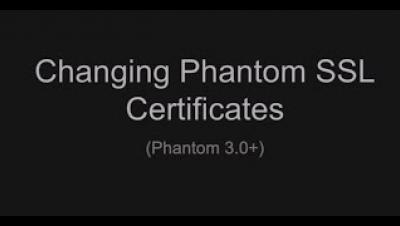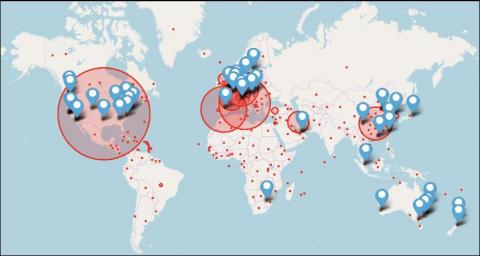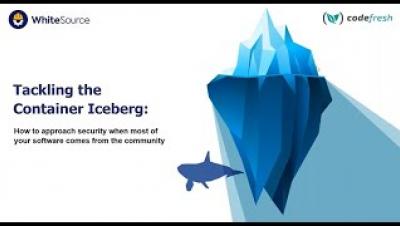Security | Threat Detection | Cyberattacks | DevSecOps | Compliance
%term
The 'Symlink Race' Vulnerability & How Tripwire Can Help
COVID-19 Scam Roundup - April 27, 2020
The coronavirus 2019 (COVID-19) scam onslaught continues. Per Threatpost, digital attackers ramped up their activity over Q1 2020 to the extent that they were sending approximately 1.5 million coronavirus-themed attack emails by the middle of April. How can we then be surprised by ZDNet’s reporting that the number of digital crime reports received by the FBI had quadrupled in number, with many of these disclosed attacks featuring COVID-19 as a theme?
What is the Cyber Essentials Certification and How Can it Help Your Business?
According to a statistical research of the University of Portsmouth for the government of the UK, more than 80% of the cyber-attacks affecting businesses in the UK could have been prevented by the implementation of some basic security controls. To help organizations adopt good practices in information security, the UK government released a government-endorsed certification scheme called Cyber Essentials in 2014.
3 Ways an Open CDE Has Radically Improved Productivity for Innovative Construction Companies
In our previous blog, we took a detailed look at how a Common Data Environment (CDE) can provide construction teams with operational advantages that enable them to work more efficiently, save time, and reduce errors. A CDE provides a central repository for all aspects of construction content management, including storing and accessing design files, bid documents, specifications, images, videos, change orders, and markups – everything that makes up the content that defines a construction project.
What are Cyber Security Measures of Effectiveness?
Simply employing top cyber security solutions is not enough for today’s business environment. In order to make sure that your organization is safe, you will also need to measure the effectiveness of cyber security measures you have taken. Read our article to learn more.
5 Important Points of SIEM Evaluation Checklist
Over the past couple of years, the Security Information and Event Management (SIEM) solution has been recognized as an effective tool in the Security Operation Center (SOC) of organizations. Whether it comes to managing the multiple tools or meeting the compliance standards, SIEM has always been playing its crucial role. However, since there is a multitude of SIEM solutions available in the IT market today, selecting the right one is an extremely important but difficult task for enterprises.
Protecting Your Assets: It's Not Just About Servers and Laptops!
In most of our blogs, we spend a TON of time going on about protecting our endpoints, looking at sysmon, checking the firewall, correlating IDS data and the like… Today, we're going to shift gears a bit and look at security from a different angle. Recently, there has been a tremendous focus on the shifting paradigm of a workforce that primarily resides in corporate offices, to a highly virtual workforce sitting at their kitchen tables.
Tackling the Container Iceberg
OSINT - Using Threat Intelligence to Secure Your Organisation
In my first article on Cyber Security Threat Intelligence Analysts, (CTI analysts) we covered what a CTI analyst is and discussed how they can bridge the gaps between IT, Security, and the Business. We discussed how this is beneficial to the maturity of the business, but what exactly did we mean by this? In the second article of our CTI analyst series, we’ll cover the unique benefits a CTI analyst brings to an organization by enhancing.








